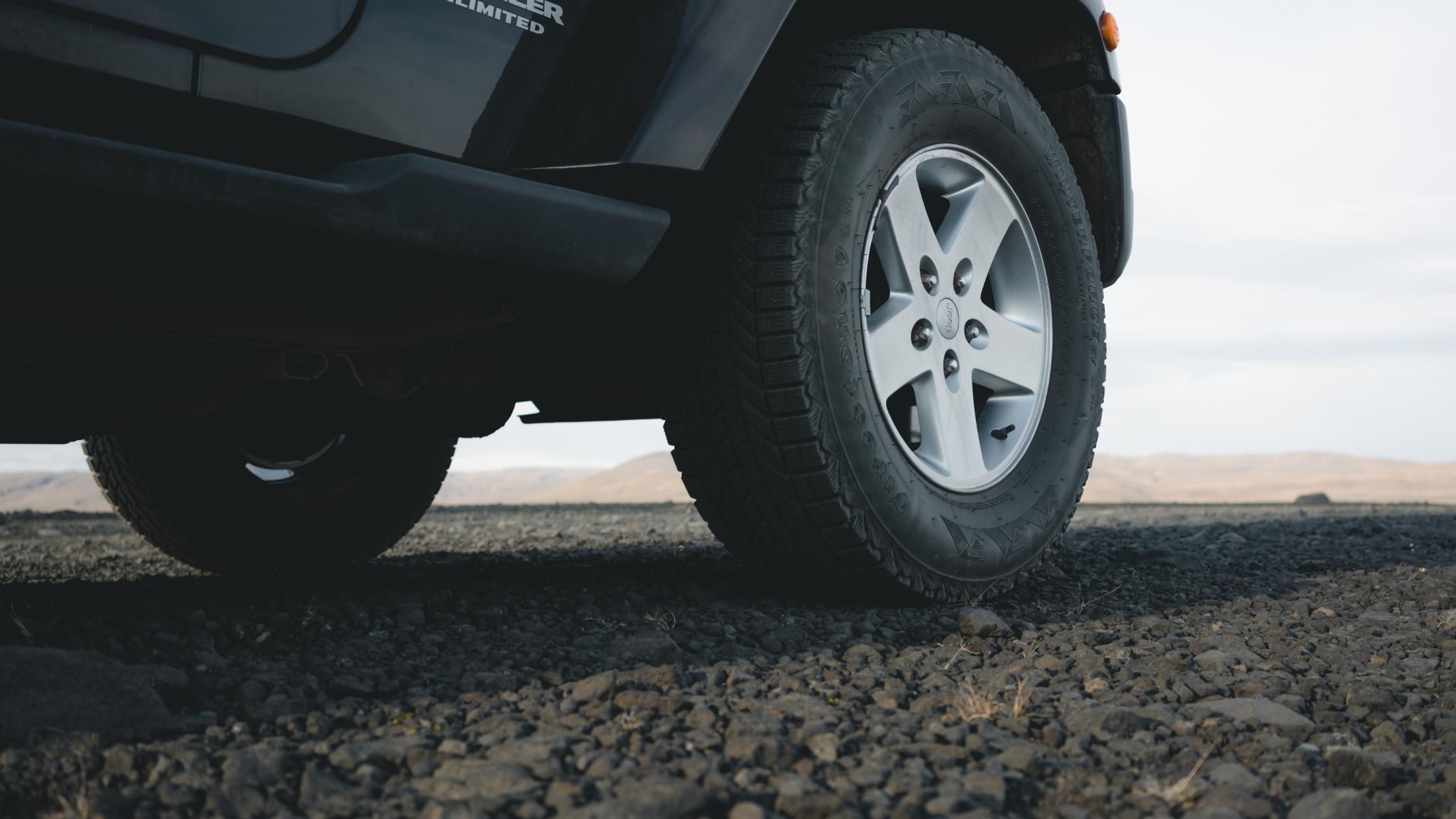As 2024 comes to an end, business owners should consider these two key questions:
- Are you in need of a replacement business vehicle—be it a car, SUV, van, or pickup truck?
- Do you want to take advantage of tax deductions and credits before the year ends?
If you answered yes, this guide is for you. Thanks to the Tax Cuts and Jobs Act (TCJA), you can unlock significant tax benefits when you acquire and place certain business vehicles in service before December 31, 2024. Let’s break it down.
Timing Is Everything
To qualify for vehicle-related deductions or credits, you must:
- Own the vehicle and
- Place it in service for business use before December 31, 2024.
To ensure compliance with the “placed in service” requirement, drive the vehicle at least one business mile before the deadline. Now, let’s explore the tax benefits.
1. Heavy SUVs, Crossovers, or Vans
Purchasing and placing in service a new or used SUV or crossover classified as a truck (GVWR of 6,001 pounds or more) before December 31, 2024, can offer these benefits:
- 60% bonus depreciation under the TCJA.
- Section 179 expensing up to $30,500.
- Depreciation via Modified Accelerated Cost Recovery System (MACRS) over five years.
- Avoidance of luxury depreciation caps.
Key Tip: Bonus depreciation applies to both new and used vehicles. Maximize your deduction by claiming Section 179 first, followed by bonus depreciation, then MACRS depreciation.
Example 1: A $100,000 heavy SUV used 90% for business:
- $30,500 Section 179 expensing
- $35,700 bonus depreciation
- $4,760 MACRS depreciation
Total Write-Off: Up to $70,960.
Example 2: A $55,500 SUV used exclusively for business:
- $30,500 Section 179 expensing
- $5,000 MACRS depreciation
Total Write-Off: Up to $35,500.
For more details, refer to a list of popular vehicles with GVWRs greater than 6,000 pounds.
2. Pickup Trucks
Qualifying pickups (GVWR > 6,000 pounds and cargo beds ≥ six feet) provide:
- 60% bonus depreciation
- Section 179 expensing up to $1,220,000
- Depreciation via MACRS over five years
- No luxury depreciation caps
Example: A $55,000 pickup used 91% for business allows a $50,050 deduction under Section 179.
Shorter beds qualify as SUVs, making them eligible for $30,500 expensing and bonus depreciation.
3. Cargo or Passenger Vans
Qualifying vans (GVWR > 6,000 pounds) provide the same benefits as pickups:
- 60% bonus depreciation
- Section 179 expensing up to $1,220,000
- MACRS depreciation over five years
- No luxury limits
Cargo Vans: Must meet specific requirements, including no seating behind the driver.
Passenger Vans: Must seat at least nine passengers behind the driver.
4. Depreciation-Limited Vehicles
For cars, pickups, SUVs, or vans with GVWR ≤ 6,000 pounds:
- Bonus depreciation: Up to $8,000
- Luxury depreciation limits:
- $12,400 (year 1)
- $19,800 (year 2)
- $11,900 (year 3)
- $7,160 (subsequent years)
Planning Tip: Opt for heavier vehicles to avoid these limits and unlock larger deductions.
5. Electric Vehicles (EVs)
Purchasing an all-electric or plug-in hybrid vehicle may qualify you for a tax credit of up to $7,500. If applicable, claim the credit first, reduce the vehicle’s basis, and apply standard depreciation rules.
Takeaways
- Timing: Own and drive the vehicle for business by December 31, 2024, to qualify for deductions.
- Best Deductions by Vehicle:
- Pickups and vans (GVWR > 6,000 lbs): Up to $1,220,000 in Section 179 expensing.
- Heavy SUVs and crossovers (GVWR > 6,000 lbs): Up to $30,500 in Section 179 expensing and 60% bonus depreciation.
- Passenger cars and smaller vehicles: Subject to luxury depreciation limits.
- EV Credit: May provide up to $7,500 in additional savings.
Act now to make the most of these opportunities! If you have any questions, please reach out to us at [email protected]. We’d love to help!
